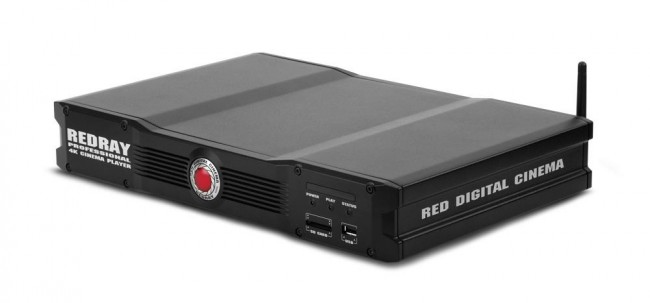Existing infrastructure biggest hurdle to Ultra HD distribution
When the sales of HDTV sets began to slow, about the end of 2011, manufacturers created 3DTV. Since that didn’t take off, the industry began to promote 4K UHDTV. From all the recent hype at trade shows and in marketing campaigns — and the first test broadcast in the U.S. over the Internet — one would think that the higher resolution Ultra HD is ready to go.
In a recent UHDTV broadcast test, a new Internet-based service provider based in Los Angeles called ODEMAX has claimed the first 4K film distributed over the Web. It was sent to a REDRAY Digital Home Cinema player and displayed on an 84in Sony UHD-TV 4K screen in someone’s living room. The movie was compressed, downloaded and displayed successfully, using Red Digital’s proprietary .RED file format (which leverages the company’s Redcode “lossy compression” scheme).
The movie was “The Ballad of Danko Jones,” the large 4K set must have cost $25,000, and the RedRay box lists for $1750.
Clearly, the closed test is not representative of the “real world,” and 4K’s bandwidth-hungry file sizes — basically four times the pixels of standard 1080p HD — make it tough to use the existing distribution infrastructure (whether over the air, via cable/satellite/Telco, Blu-Ray disc or even the Internet). Can it be done technically? Sure. Is it practical? Far from it. The answer, many agree, is a better form of video compression than the H.264 standard that is widely available today.
High Efficiency Video Coding (HEVC) shows promise, as it claims to improve video quality and to double the data compression ratio when compared to current state-of-the-art H.264/MPEG-4 AVC. HEVC can also support 8K UHD resolutions up to 8192 × 4320.
The bit rate for video can be squeezed in many ways: Color can be sampled less frequently than the rest of the picture. Pixels that don’t change, or barely change, from one frame to the next can be transmitted less frequently. Subtle information that average viewers probably won’t be able to see in a frame can be trimmed away. Or some resolution can simply be tossed out.
So far, video compression chips with 4K decoding capability haven’t hit the market, but the required technology is beginning to be shown in prototype form at industry trade shows. Expect a lot more innovation at the IBC show in Amsterdam next month. In the meantime, TV set manufacturers are improvising their decompression (decoding) solutions. Sony’s new 4K TVs and accompanying 4K media player uses compression from eyeIO, but the media player sidesteps the problem by downloading content instead of streaming it. LG has announced the LA9700 series of 4K Ultra HD TVs that will support HEVC decoding internally (without a set-top box).
The professional video industry's #1 source for news, trends and product and tech information. Sign up below.

Eventually, the software and hardware for encoding and decoding commercial 4K will be widespread, and we’ll see more tests like the ODEMAX/RedRayexperiment. (NHK and Mitsubishi Electric have jointly developed an HEVC encoder for 8K display, also known as "Super Hi-Vision.”) The launch of several new UHDTV channels might more realistically occur first via a satellite or cable TV provider. Getting consumers to pay for a new TV set, however, might be the biggest challenge to widespread 4K market penetration.
